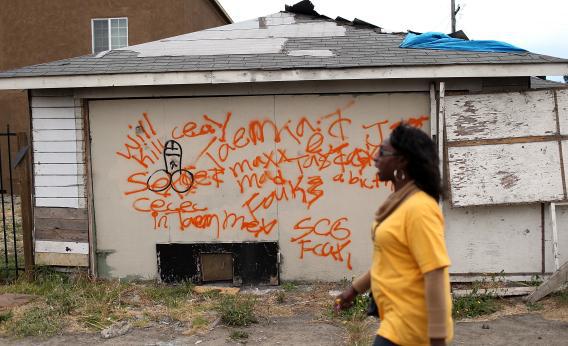Binyamin Appelbaum has a very helpful rundown of the Obama administration’s consistently cautious approach toward delivering some kind of bailout to underwater homeowners, a sharp contrast to the forceful approach toward injecting capital into the banking system and restructuring General Motors and Ford.* The basic contrast is that where Obama pushed hard, he’s had success. But on housing we got years of basically nothing, with only a modest, recent uptick as programs have belatedly become a tad more aggressive.
The administration has a few responses to offer in its defense, ably summarized, but I actually think this is one of these cases where some of the people involved are misremembering their own thinking at the time. The main argument I recall from the time was simply that the most important thing was overall economic recovery, and that adding politically controversial side initiatives into the mix would slow overall labor market recovery and thus be counterproductive.
Appelbaum gets at this near the end of the article, where he recalls “Mr. Geithner told Mr. Obama that if even if an additional $100 billion were available, he still would not spend it on housing.” In other words, the economic team wasn’t saying there was nothing they could do on housing. Nor were they saying that doing more on housing was a bad idea. They were saying that given finite financial resources, they thought investing money in homeowner relief was a poor use of money compared to other initiatives they deemed more stimulative. The basic idea was that you needed the best possible stimulus and thus the lowest possible unemployment rate and this would be the best possible housing policy. It made sense to me at the time, and I think it still makes perfect sense in retrospect. The problem, obviously, is that their recovery measures weren’t actually strong enough to create a robust labor market recovery. But while I think it’s true that if we had fewer underwater homeowners we’d have a lower unemployment rate, it’s also pretty clear that if the unemployment rate were 1.5 percentage points lower we’d have fewer underwater homeowners.
But none of that explains why they were so slow to spend the money that they had that was earmarked for housing. Nor does it explain why they were so slow to fill the post of Federal Housing Finance Agency director. After being discussed with one framing through the winter of 2008-2009, the whole issue seems to have then slipped through the cracks for almost two years while millions of people suffered. The gamble was that this wouldn’t matter because other elements of policy would push the labor market into recovery anyway. But it didn’t work.
Correction, Aug. 20, 2012: This post originally misspelled the last name of Binyamin Appelbaum.
